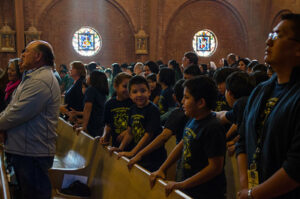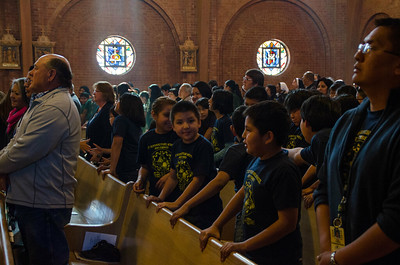The majority opinion in Espinoza v. Montana Department of Revenue from Chief Justice Roberts could not be more clear: “A State need not subsidize private education. But once a State decides to do so, it cannot disqualify some private schools solely because they are religious.” With this ruling, “Blaine Amendments” in state constitutions were essentially repealed. It’s an unequivocal victory for school choice advocates on the question of who can operate a school with public funding, decidedly in favor of a pluralistic approach.
Research shows that areas with more religious individuals are correlated with greater upward mobility. But the option for some students to attend religious schools is no panacea. As Espinoza forces state policy to become more agnostic on the question of who operates schools, policymakers will have to grapple with how to balance the autonomy of multiple school providers – public and non-public alike – with policies that protect the rights of families and ensure that public funding for education produces adequately educated citizens.

Catholic school mass via Flickr user dioceseofgallup
The first question policymakers need to address is that of access: which families have access to which schools through public funding? All students – regardless of where they live – ought to have equal admissions access to publicly funded schools, whether they are operated by a public school district or a religious organization. This principle should be applied to voucher-type programs and public schools alike. Schools across all sectors have a nasty history of excluding poor and Black students, whether through attendance boundaries created to protect affluent white “public” schools or “segregation academies” in the private sector.. Public and private schools alike should embrace the principle that any student is welcome to apply for a fair shot at enrollment, regardless of where they lay down their head at night.
Second, just as families deserve fair access to publicly-funded schools, they should also not be forced to enroll their children at schools they view as harmful. Accordingly, policymakers must ensure that religious schools are not the only option available to families. No family should be effectively required to enroll their child at a school that violates their family’s religious beliefs. This is of greatest concern in rural areas, where the geographic density of students may not support multiple school operators. States could consider population density minimums or market share caps for private school operators to receive public subsidy in a given area.
But in more densely populated cities and suburbs, families should be protected from compulsive enrollment in any school they find unsuitable, be it for religious, academic, safety, or other reasons. Some cities are working to address this challenge through robust choice options and universal enrollment systems. As school providers become even more diverse, policymakers should strive to ensure that in areas dense enough to support multiple school operators, no family should have only one school option – public or private – available for their children.
Third, in the post-Espinoza world, states will also need to rethink how they hold schools that receive public funding accountable for student outcomes. The act of parents choosing a school is certainly a signal that indicates some level of satisfactory education, but the public also has an interest in ensuring a minimum level of academic quality. Modern school accountability systems produced some positive outcomes for student achievement and equity, but they are far from perfect. As the COVID-19 pandemic forces tough questions about what accountability should look like in the future, the Espinoza ruling is an opportunity to not only reimagine how we hold schools accountable for student outcomes in remote or hybrid learning environments, but to also think about how private school operators could be included in that conversation.
Opponents of school choice have suggested a simple solution to deal with Espinoza: states could stop subsidizing private education. But with more than a dozen states and over half a million students participating in publicly funded private school choice programs, they’re not going anywhere anytime soon. Even if school choice opponents got their wish, the shift of students from private schools back to public schools would likely cost billions of dollars.
Instead of fighting to further constrain families’ options, let’s recognize the value that religious schools can provide to families and communities. And let’s work to ensure all families have options, and that those options cultivate educated citizens. Of course, there are many other concerns to address than the ones I’ve raised, including safeguards for civil rights and protections against fraud. But creating policies that support public, private, and religious school operators could yield benefits for families, communities, and hopefully – civil society as a whole.
